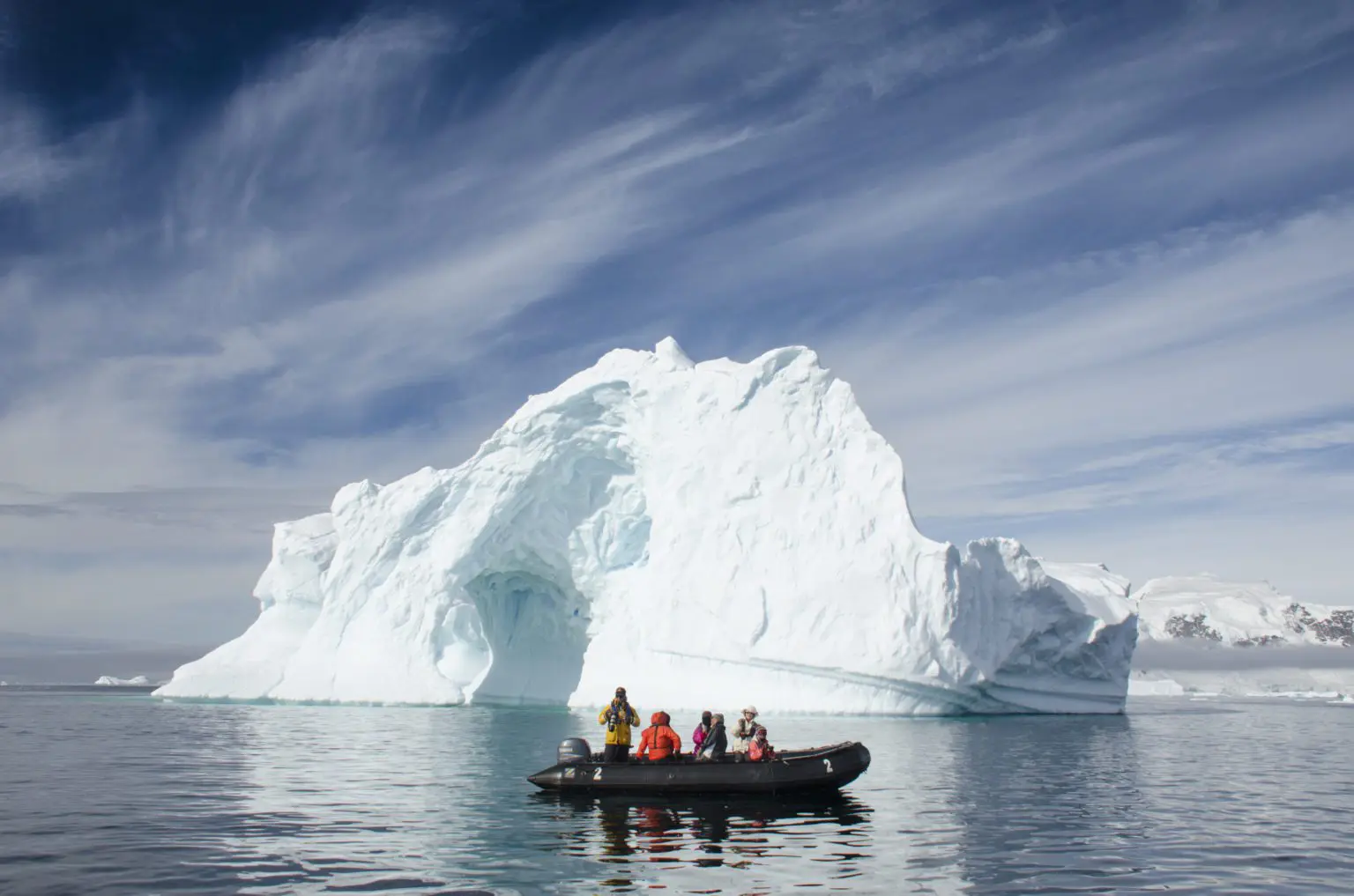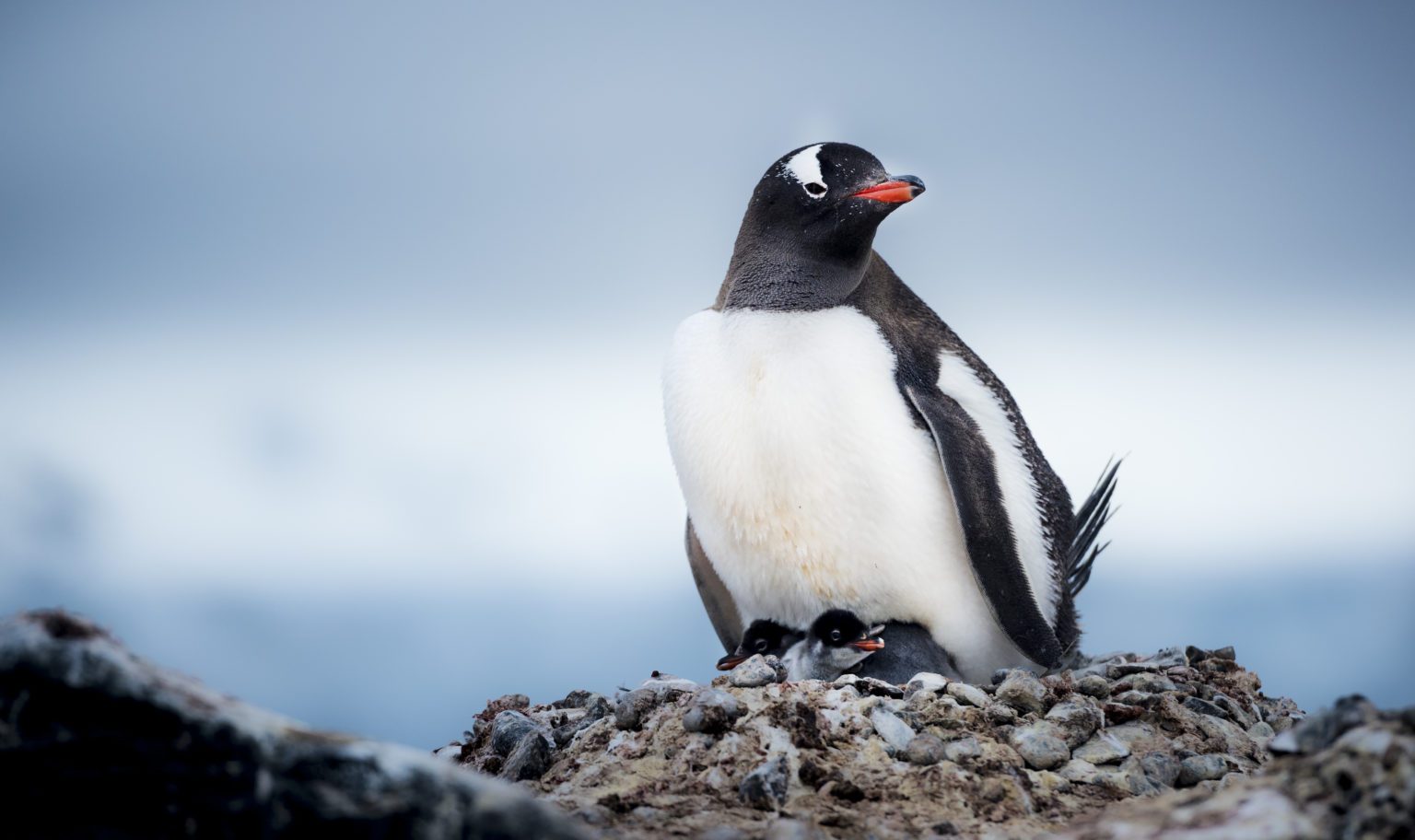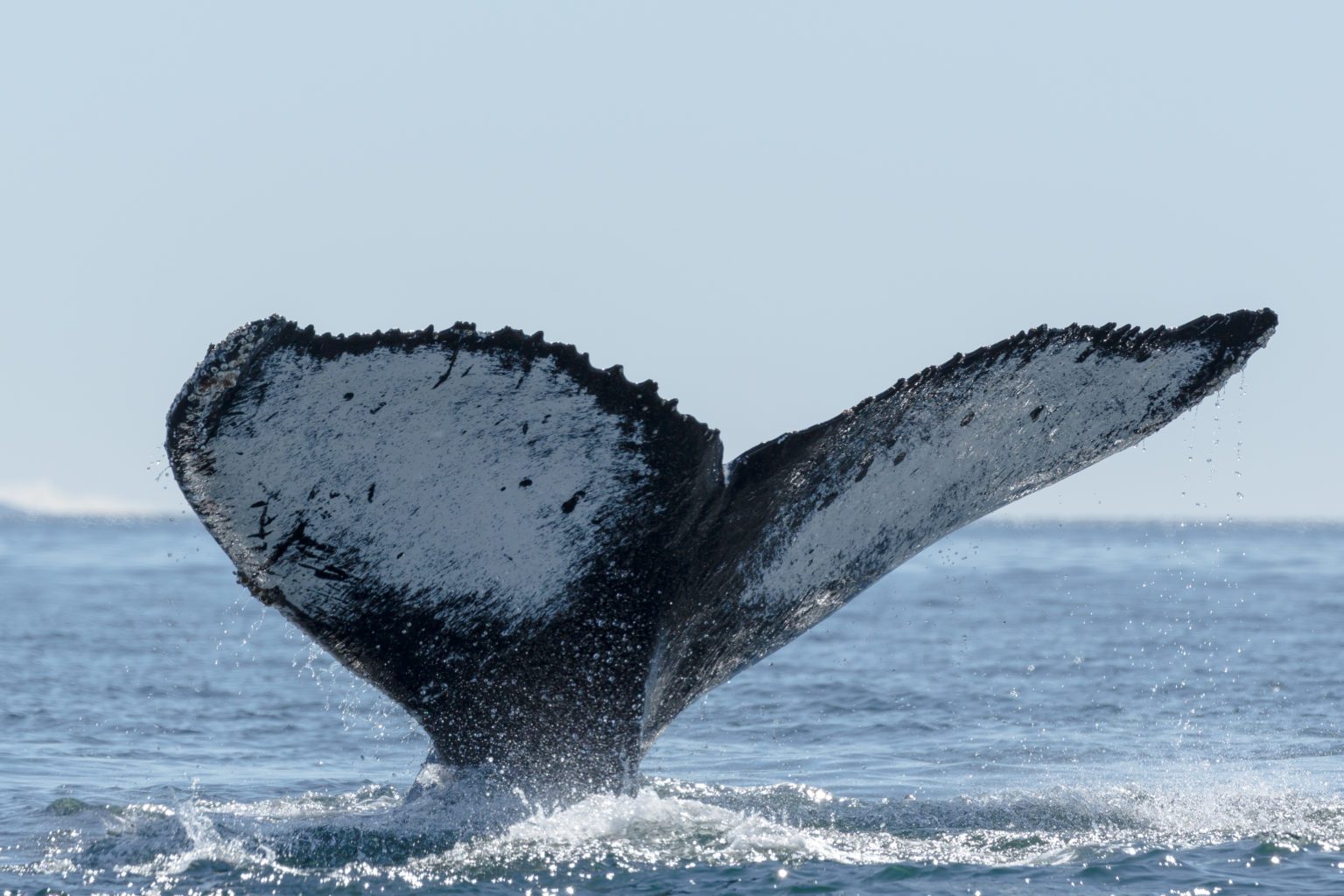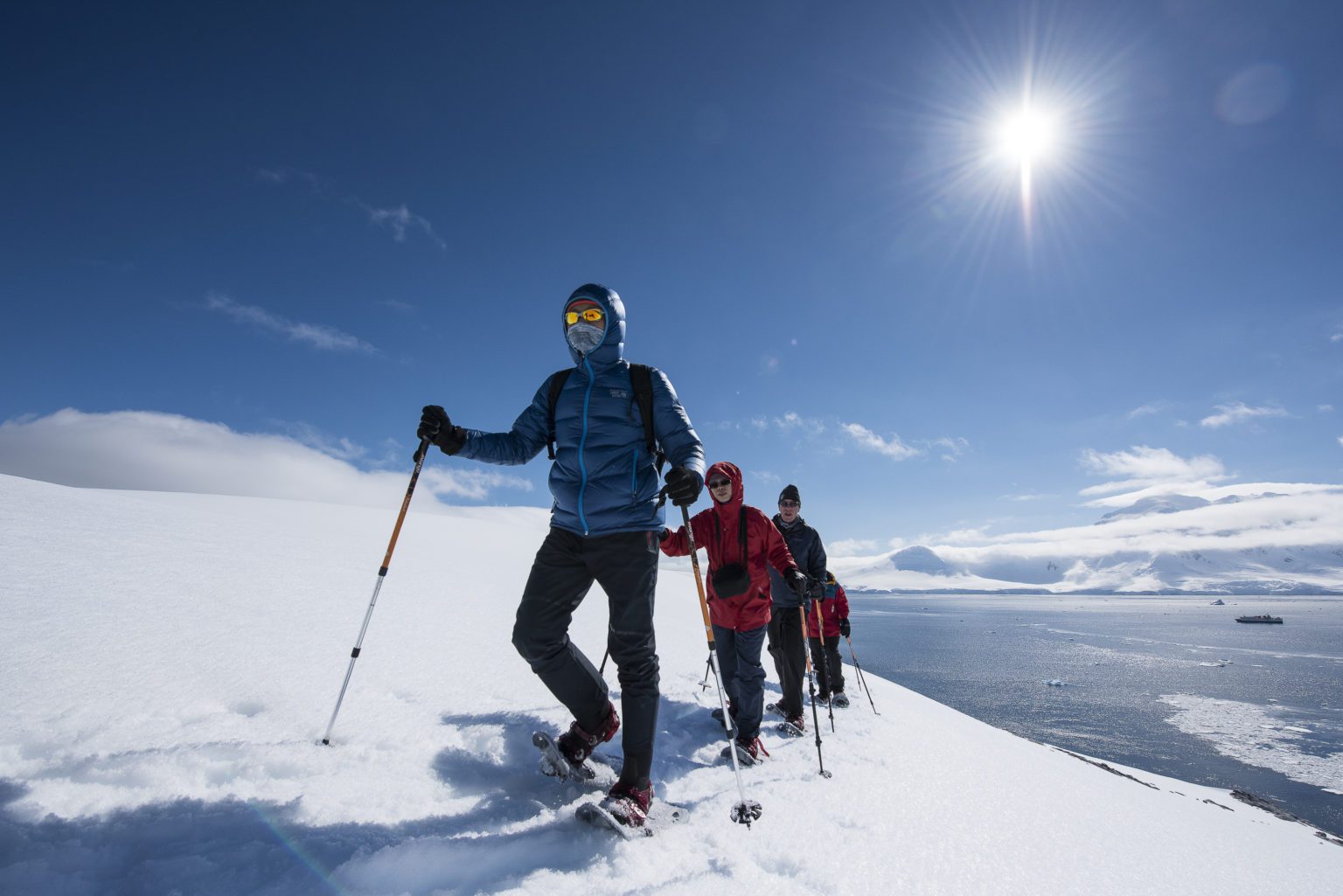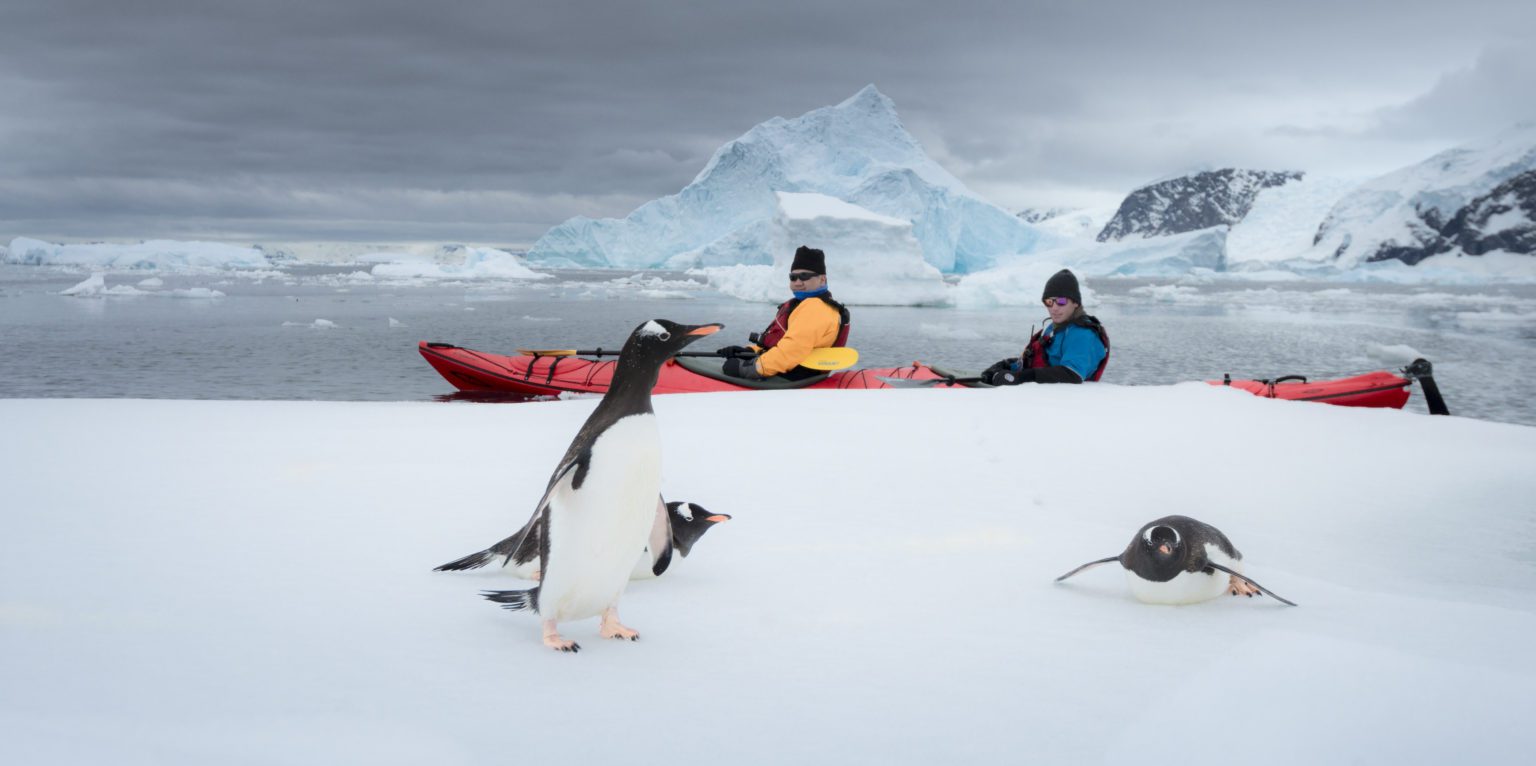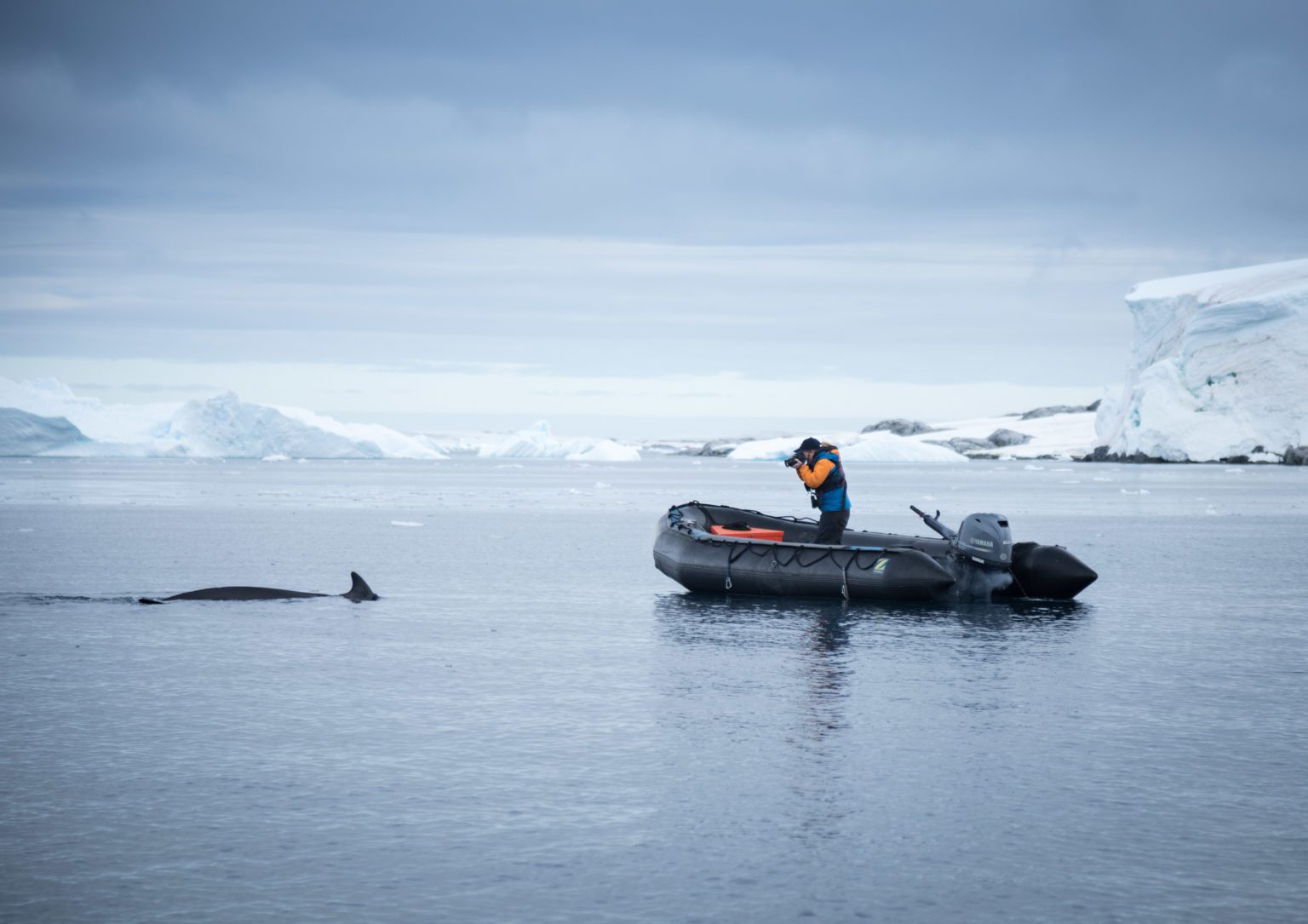Book your bespoke luxury trip to Antarctica

Excellent Travel Knowledge
We’ve traveled the globe and have visited more than 100 countries. Your trip will be planned by a specialist who knows the destination inside and out.

Life-Changing Tailored Experiences
We curate extraordinary experiences. We’ll go above and beyond your expectations to deliver a life-changing trip.

A Bespoke Itinerary
We don’t do generic. We listen carefully, then draw on our extensive knowledge to design a journey as unique as your fingerprint.

Carefree Travel
Personal attention is our specialty. Before, during, and after your trip there’s always someone there for you 24/7.
Antarctica: Luxury & Private Trips
The “White Continent” of Antarctica is one of the few remaining unspoiled, pristine destinations in the world. In contrast to the sea-level Arctic, which is an ocean blanketed by a slim layer of perennial sea ice, Antarctica is an ice-capped land mass with a towering average elevation of 8,000 feet. Most guests take an Antarctica luxury vacation for the unique wildlife (and, let’s be honest, to notch their belt with that last continent!) but end up mesmerized by the ice, with its myriad of artistic shapes, colors, and sizes.
Apart from the spellbinding scenery and diverse wildlife, visitors are struck by the vastness of it all. Though larger than both the European and Australian continents, with 1,000 – 4,000 inhabitants (seasonally), Antarctica remains the least populated. Cruising in a Zodiac for a close-up inspection of some of the world’s largest icebergs makes one feel small, especially when remembering that 90 per cent of these behemoths sit below the waterline.
What is Antarctica best known for?
Though Antarctica attracts adventure travelers, it truly is a destination for everyone, thanks to comfortable ships and fly-in trips that skip the Drake Passage crossing.
- Dramatic scenery: Mountain peaks, austere ice shelves, and beautifully carved bergs are fabulous for otherworldly photography.
- Wildlife: The possibility of close-up encounters with unique wildlife, including whales, penguins, seals, and various unique bird species.
- Ends-of-Earth solitude: Pristine beauty and the absence of most human development give visitors a sense of isolation that can be almost meditative.
What to expect on a luxury trip to Antarctica
The ships we use vary in size and luxury, from former research vessels to white-glove service. Travelers can expect accommodation and service levels equal to three-to-five-star hotels.
- Education versus entertainment: Most Antarctic voyages adopt an expedition style of cruising, with lectures, workshops, and outdoor activities on offer. The emphasis is on wildlife, nature, history, and marine biology rather than entertainment or spa treatments.
- Amenities: Individual cabins range in size and amenities (i.e., balconies, seating areas, windows), and all ships have dedicated lecture lounges, restaurants, and mud rooms.
- Small ships: Regulations in Antarctica allow only 100 passengers to depart the ship at a time. To maximize the off-ship experience, Extraordinary Journeys works exclusively with vessels carrying fewer than 200 passengers.
- Trip duration: Luxury trips to Antarctica can range from six days for a quick fly-cruise to 22 days for an extensive itinerary around Antarctica, the Falkland Islands, and South Georgia. Most people opt for something between nine and 12 days, allocating two to reach Antarctica, four to six cruising around the continent, and two back.
- Flexibility is key. While all cruises have general itineraries, exact landing sites and excursions depend entirely on weather conditions. The captain and expedition leaders will do their best to showcase a diverse range of scenery and wildlife, but nothing is guaranteed.
- Sustainability is a priority in Antarctica. While travel inevitably takes a toll on the environment and wildlife, Extraordinary Journeys seeks out the most sustainable tour operators, many of which are carbon-neutral and have the most fuel-efficient vessels available. Many contribute to citizen science programs. We also offset carbon emissions on our end. Great care is taken to safeguard against introducing anything to Antarctica’s delicate ecosystem, and steps are taken onboard to ensure this.
Antarctica FAQs
Yes, there are “fly cruises” which involve flying across the Drake Passage in one or both directions. While this cuts down on travel time and avoids the possibility of rough seas of the Drake, there is an element of uncertainty as flights are subject to weather conditions. An Extraordinary Journeys Antarctica specialist is happy to discuss the options with you.
The weather in Antarctica isn’t as cold as many expect. Cruising season coincides with the Austral summer, so you will be exploring Antarctica during the warmest months of the year. Expect temperatures ranging from the low-thirties to the forties.
Packing waterproof clothing is essential, as you may get sprayed with icy water on Zodiac rides. Bring a thermal base, fleece layers, warm gloves, a hat, binoculars, and a good camera for wildlife and landscape photography. No need to bring boots or a heavy jacket; these are supplied by the cruise operator.
There are several research stations you may see on your cruise. Depending on the itinerary, you may visit Deception Island, Port Lockroy, or Elephant Island, which gained fame as part of Shackleton’s ill-fated voyage.
For some box tickers, crossing the Antarctic Circle is considered a landmark. While there’s no marker indicating when you’ve crossed the 66-degree south line, captains usually make an announcement on the ship’s intercom.
When sailing from Ushuaia, Argentina, to Antarctica, you’ll need to prepare for the possibility of rough waters while crossing the Drake Passage. The Austral summer is the calmest time of year to cross the open sea; however, no one can predict if you’ll be cruising along the “Drake Shake” or the “Drake Lake.” Although many new vessels have stabilizers that reduce the boat’s motion, you should expect rockiness.
Many cruises offer this early in the season when the ice is stable enough for camping. Your expedition crew will set everything up for you. Expect the worst night’s sleep of your life but enjoy the bragging rights forever! Read our account of camping in Antarctica or check out Wolf’s Fang Explorer Camp.
What is there to do in Antarctica?
Zodiac safaris: Once you’ve reached the continent, the classic way to explore Antarctica is in Zodiac boats, cruising between bergy bits and observing wildlife up close. This is the polar version of a 4×4 safari vehicle in Africa. These Zodiacs often make landings where you can get out and hike, walk, or just sit and observe in hopes that a curious penguin might waddle over to say hello.
Outdoor recreation: For the more adventurous, certain cruises offer kayaking, stand-up paddleboarding, snowshoeing, mountaineering, and cross-country skiing. Some ships have helicopters on board for flight-seeing tours, exclusive heli-landings or alpine heli-hiking. You may have the opportunity to participate in a “polar plunge,” a hair-raising, gut-punching dip in frigid Antarctic waters.
Learning: Your expedition crew will arrange programing on board which may include daily lectures on topics related to marine biology, glaciology, Antarctic history, and more.
Bespoke adventure: On a trip with White Desert, you can customize your outdoor activities with professional polar explorers as your guides. For a lighter adventure, enjoy gentle treks, an ice lake traverse, fat-tire biking on the snow, and visits to the ice tunnels. For adrenaline junkies, you can go kite-skiing, ice climbing, rock climbing, rope walking along cliffs, and more.
When is the best time to travel to Antarctica?
The travel season in Antarctica is short, running between November and early April during the continent’s Austral summer. Even within this period, experiences vary, and you’ll need to choose based on your priorities.
During the Austral spring, you can see adult penguins performing their comical mating rituals and building nests. Icebergs will be at their greatest mass, ranging in colors from sparkling snow white to a deep and mesmerizing aquamarine. Spring is also best for snow activities like mountaineering, cross-country skiing, and snowshoeing. It also affords the best opportunity to experience camping.
Mid-season (December to early February) boasts up to 20 hours of daylight, as well as the hatching of those adorable baby chicks, especially in January to early February. Though there’s not a great deal of temperature fluctuation throughout the season, with average temperatures of 34 degrees Fahrenheit, it’s the “warmest” time of year. Glaciers are actively calving, and Circle-crossing expeditions operate as the ice gives way and ships can finally access 66 degrees south.
Toward the end of the season (mid-February through April), baby chicks fledge and leave their nests, attracting the attention of predators like seals and whales. With this, the whales present themselves for prime viewing. The sunsets are breathtaking as the sun finally retreats beyond the horizon for a bit, painting the sky a mosaic of colors.
How much does a luxury trip to Antarctica cost?
Entry-level cruises start around $8,500 per person, plus international flights and optional time in South America (Patagonia, Buenos Aires, or Santiago) at the start or end of your trip. Longer cruises range between $15,000 and $35,000 per person, and even the express trips that include round-trip flights to/from Antarctica average around $10,000 per person (plus international airfare). There’s also the option of flying to Wolf’s Fang Explorer Camp from Cape Town, South Africa, for a day trip starting at $14,500 per person or for a longer five-night stay at Whichaway Camp starting at $60,000 per person.
Tip: Cruises to Antarctica sell out one or more years in advance due to the short season. Plan early to confirm your top preferences.
What wildlife can I see in Antarctica?
Antarctica and its nearby islands are home to eight different penguin species, a flagship animal of the region. The largest of them, the emperor penguin, can only be seen on Snow Hill Island in the Weddell Sea, with the next largest, the king penguin, best seen on South Georgia Island. Adélie, chinstrap, and gentoo penguins can be found throughout the Antarctic Peninsula. You’ll also have the chance to see a variety of seals, including the Weddell, elephant, and leopard seals, as well as a variety of whales, including orca, minke, and humpback. A variety of impressive bird species abound and include the wandering albatross as well as the Arctic tern, which migrates across the globe between the two poles!
Where to travel to in Antarctica
Antarctic Peninsula
Stretching some 800 miles into the Southern Ocean, the Antarctic Peninsula is separated from South America by the notorious Drake Passage. It takes just two days to close the distance of 600 miles by ship, making it a popular destination for expedition cruises to the White Continent. Here, travelers find large penguin colonies and polar waters teeming with marine life while enjoying outdoor activities like kayaking and perhaps even camping. A cruise around the Antarctic Peninsula will include visits to islands as well as mainland Antarctica—an important distinction for some visitors who insist on planting two boots on what they consider to officially count as continental Antarctica. For the rest of us, making a shore landing on an island, which counts as part of Antarctica, is just fine. The exact shore landing sites are entirely dependent on weather and ice conditions, so it’s important to maintain a degree of flexibility.
Snow Hill Island
A small, ice-capped island cast off the east coast of the Antarctic Peninsula, Snow Hill Island is home to an enormous colony of emperor penguins. Some luck is required to make a successful visit, which requires a helicopter transfer from the ship to the island. If weather conditions permit, you’ll be dropped off at a base camp one mile from the rookery, which is located a few hundred feet off the coast on an ice shelf. Walk the rest of the way, then look upon the dizzying spectacle of ten thousand congregating penguins and their fuzzy grey chicks. An extremely limited number of cruise operators attempt to visit the colony each year, and even then, the odds of a visit are 50-50.
South Georgia
We highly recommend including the wildlife paradise of South Georgia on your itinerary if you have the time. It’s often called the “Galapagos of the Poles” because of its exceptional biodiversity and wildlife. You can walk along white, sandy beaches and see hundreds of thousands of king penguins as far as the eye can see. For history buffs, you can pay your respects to British explorer Sir Ernest Shackleton. King penguins breed year-round here, so you have a chance of seeing chicks throughout the entire Antarctic season.
Falkland Islands
While not part of Antarctica, the Falkland Islands are commonly included on cruise itineraries, frequently paired with those visiting South Georgia. Also known as Islas Malvinas and located 300 miles off Patagonia, the islands are an overseas territory of the United Kingdom, a possession that Argentina has long contested to this day. Visitors to the wild archipelago can visit historic battlefields, observe an astounding diversity of bird species—penguins included!—and admire the hardy flora that thrives in this windswept, South Atlantic environment.
Whichaway Camp
Our dream itinerary combines a wildlife safari in southern Africa with a visit to Antarctica when flying from Cape Town down to Wolf’s Fang with White Desert—it doesn’t get any better than that!
Keep reading about luxury Antarctica travel
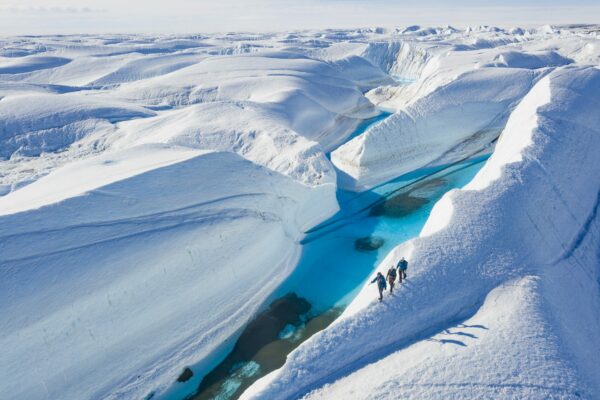
Otherworldly Antarctica: In Conversation with White Desert Founder Robyn Woodhead
Don’t miss a candid live conversation with Robyn Woodhead in our next edition of…
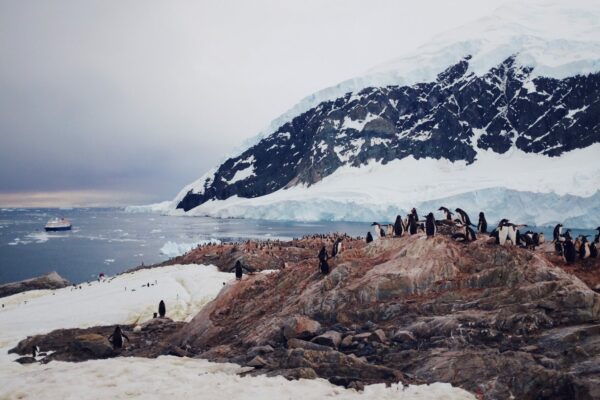
The Extraordinary Guide to an Antarctic Expedition
What’s it really like to go on an Antarctic Expedition? Our content manager Alicia-Rae…
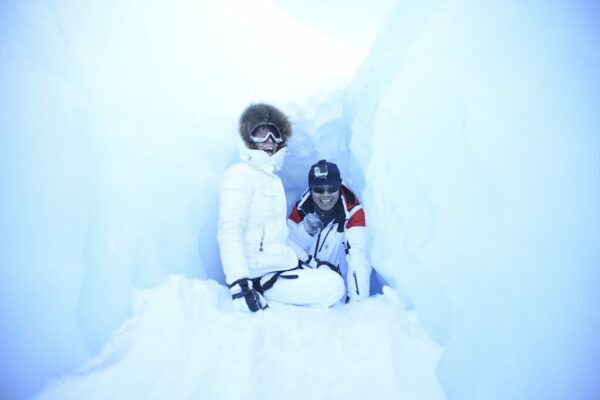
Journey to Antarctica…by private jet!
Journey to the “white desert” of Antarctica by private jet for an unforgettable adventure….
Other Popular Destinations
 Olivia Schellenberg
Olivia Schellenberg

